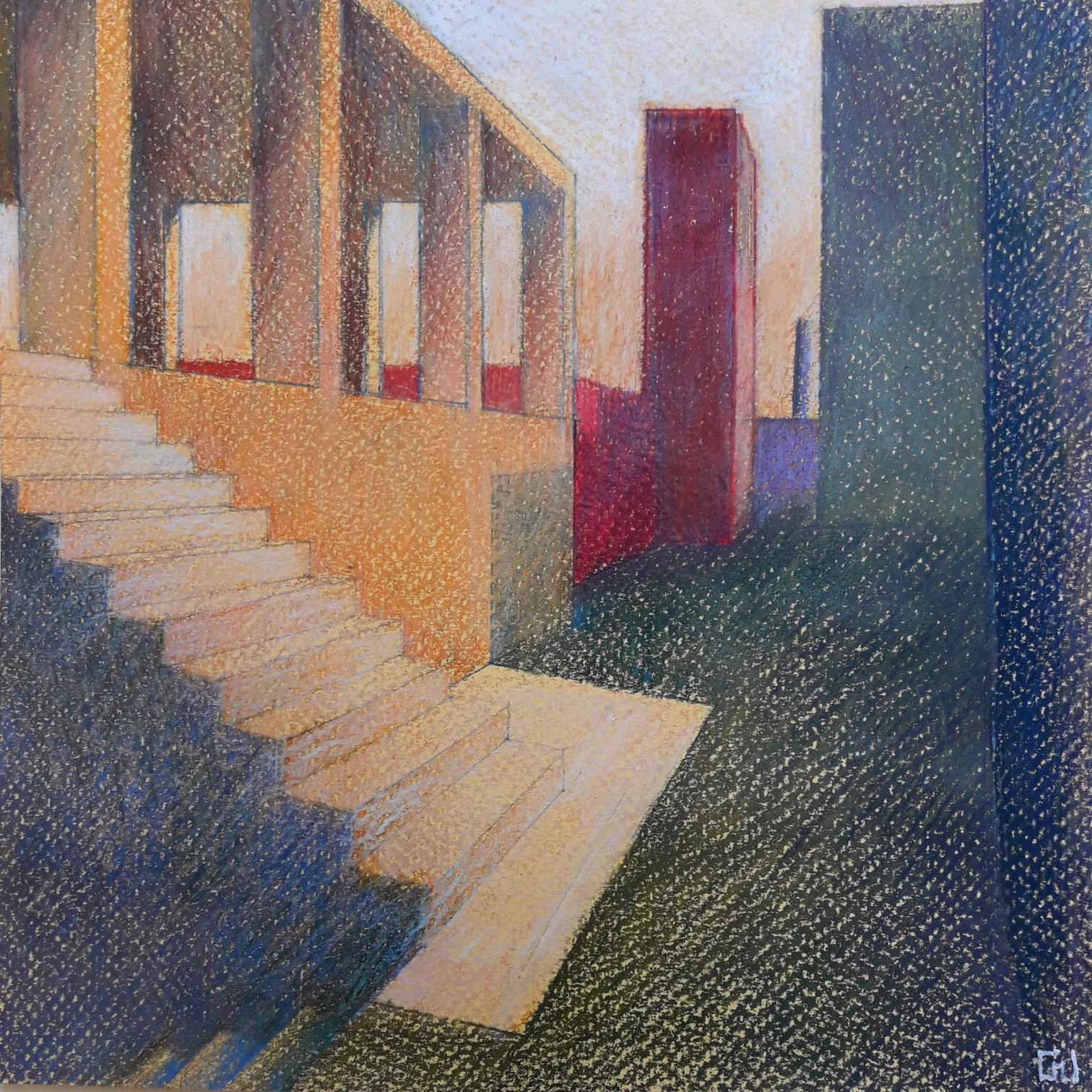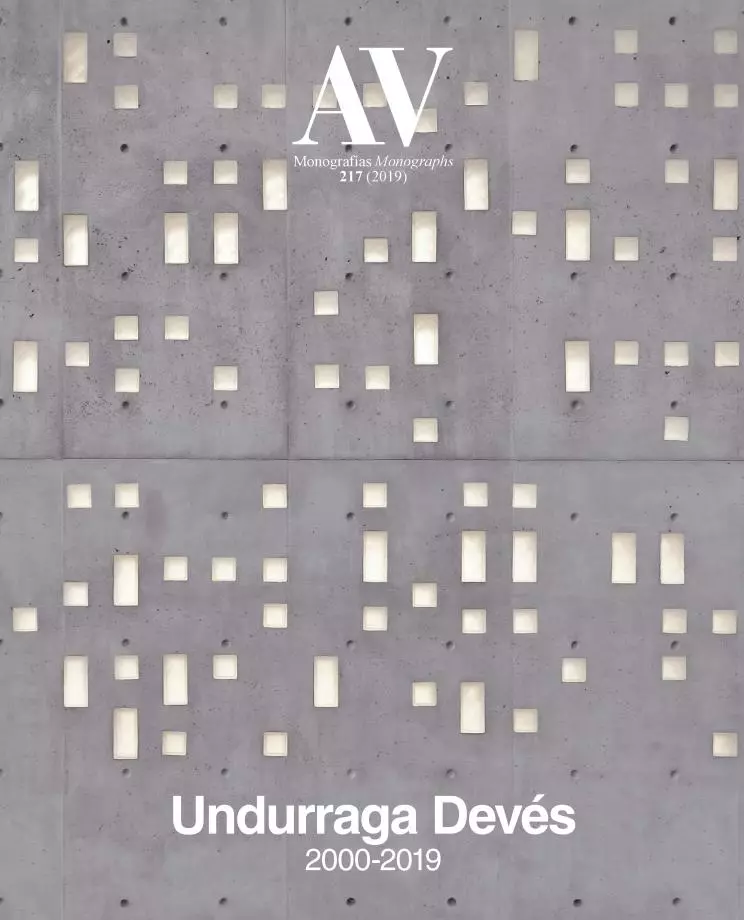The Art of Building Hospitality

Alberto Valenzuela Llanos (1865-1925) was the most brilliant Chilean painter of this generation. Influenced by the impressionists during his stay in Paris in the early 20th century, his landscapes reflect that fleeting and diffuse hour, so specific of that pictorial school, where the textures and contours are blurred in a chromatic synthesis sparked by the last light of the day.
In my view, the artist’s most beautiful painting is Atardecer in Lo Contador, where we see rural landscape east of the historic center of Santiago. In the painting, the protecting mountains of the valley, and further away, the Andes, provide the backdrop of the magnificent geography surrounding this territory. In the foreground of the painting, the course of the Mapocho River, in its original state, zigzags freely. Between both planes, the vertical nature of an autumnal poplar grove is set against the sinuous mountain tops. By the trees rises, enigmatic and discreet, a white mud wall crowned by clay tiles: Lo Contador House.
But beyond its intrinsic value, my interest in the painting grew when I learned about some biographical details that connect me to it.
Between 1972 and 1977, in the midst of an effervescent contingency and moved by an irreducible vocation, I made regular visits, as a student, to Lo Contador House. That is where I lived, with special intensity, this period of our history. And in that place my own personal and professional history remained linked forever to the experience of that architecture that the painting of Valenzuela Llanos insinuates in a previous stage.
In 1958, the Universidad Católica de Chile bought Lo Contador House to convert it into its Faculty of Architecture and Fine Arts, which it is still to this day. The historic initiative was an idea of the faculty dean at the time, Sergio Larraín, a visionary architect who was also the key promoter of the Modern Movement in the country. Nonetheless, for the dean the tension between tradition and modernity was not a dilemma, and he didn’t consider these as mutually exclusive options. And so, Larraín lucidly foresaw that, far from establishing a contradiction with the ideals disseminated in the classrooms, the original characteristics of the building, its simplicity and the bareness of its walls had to be permanent values, revealing a plenitude that shed light on the essence of architecture… From that plenitude the building became, for us, first master and then abode...





